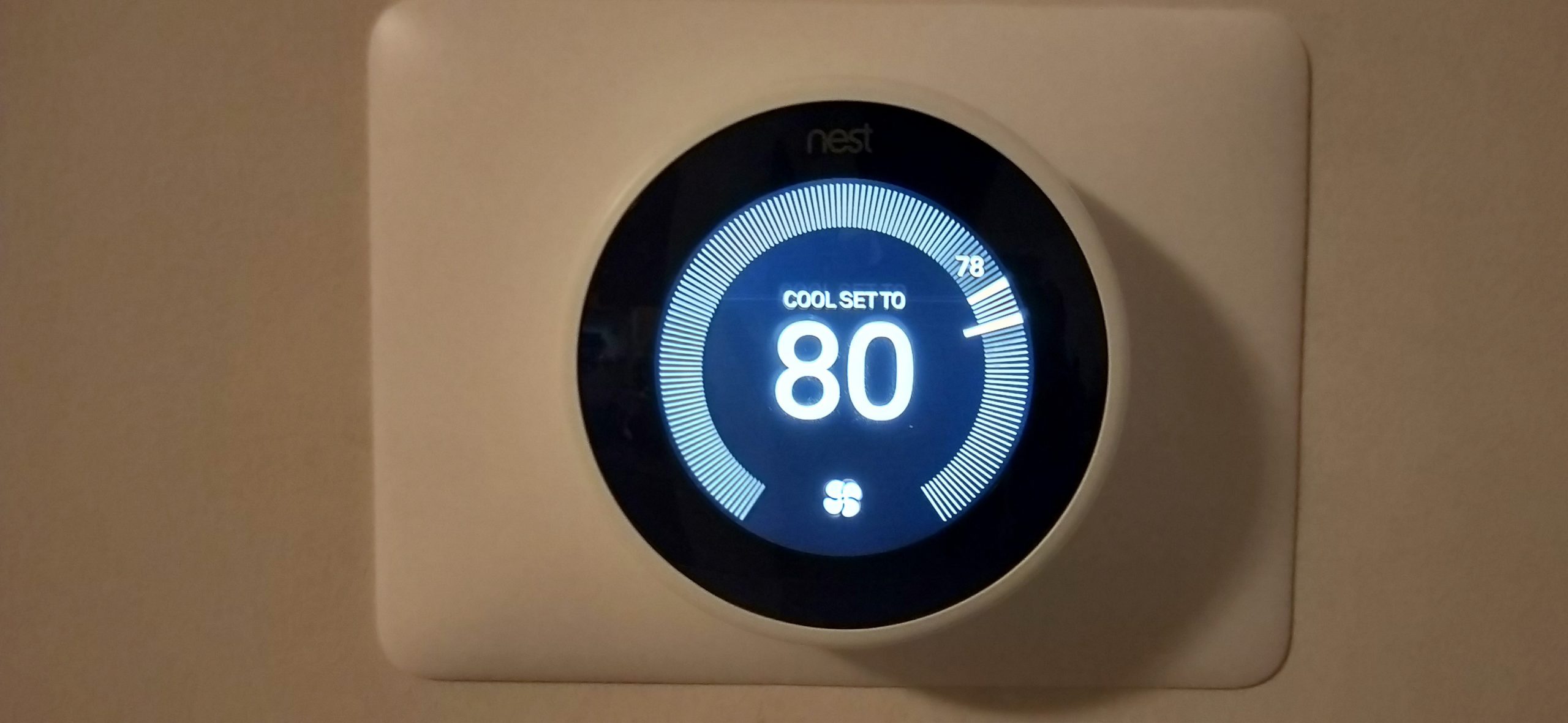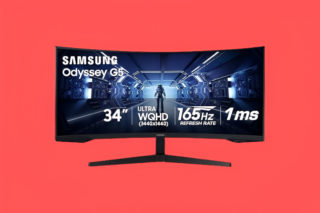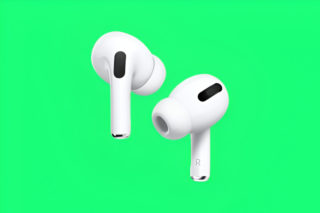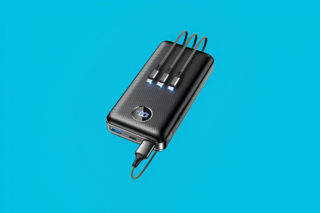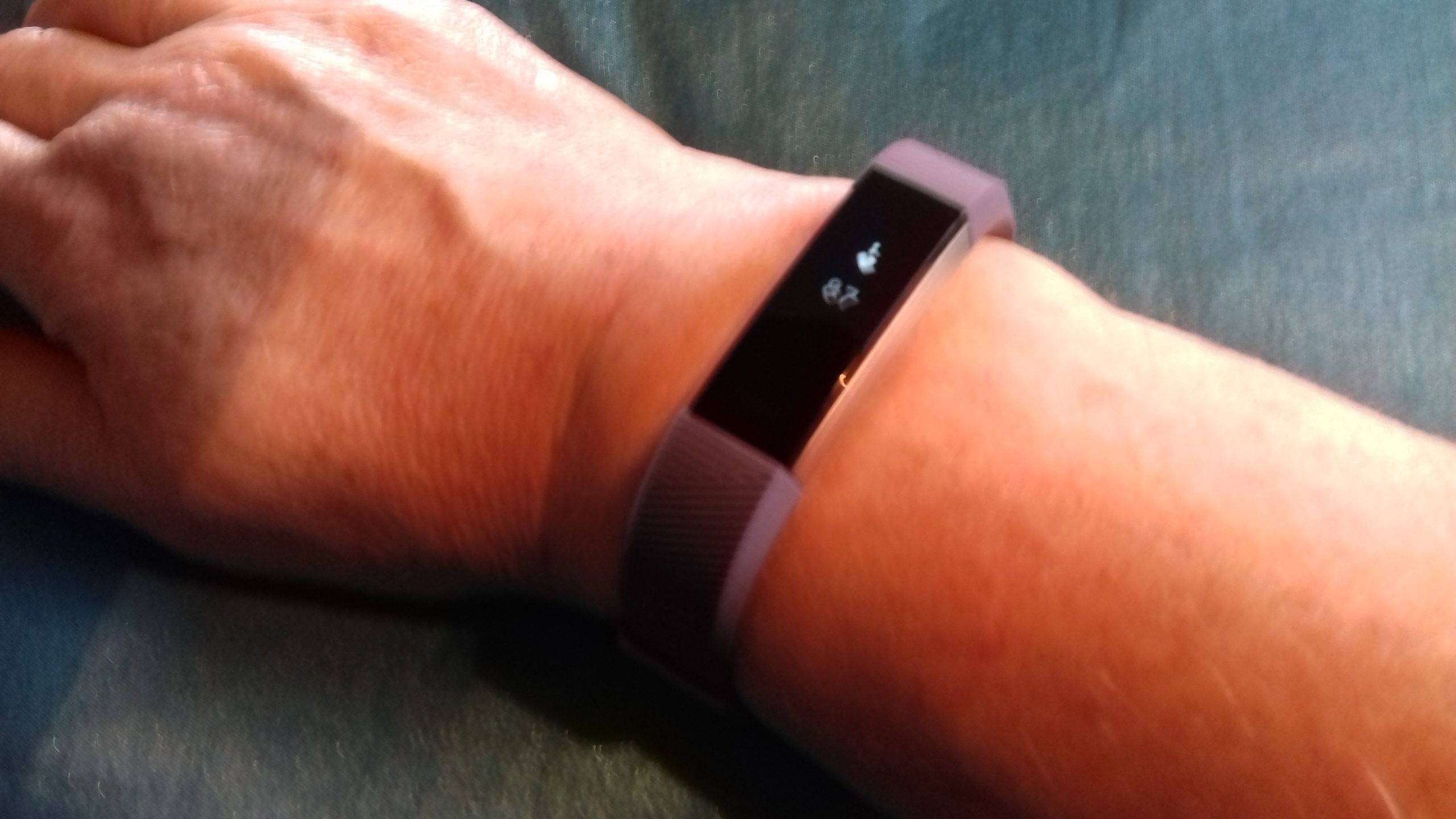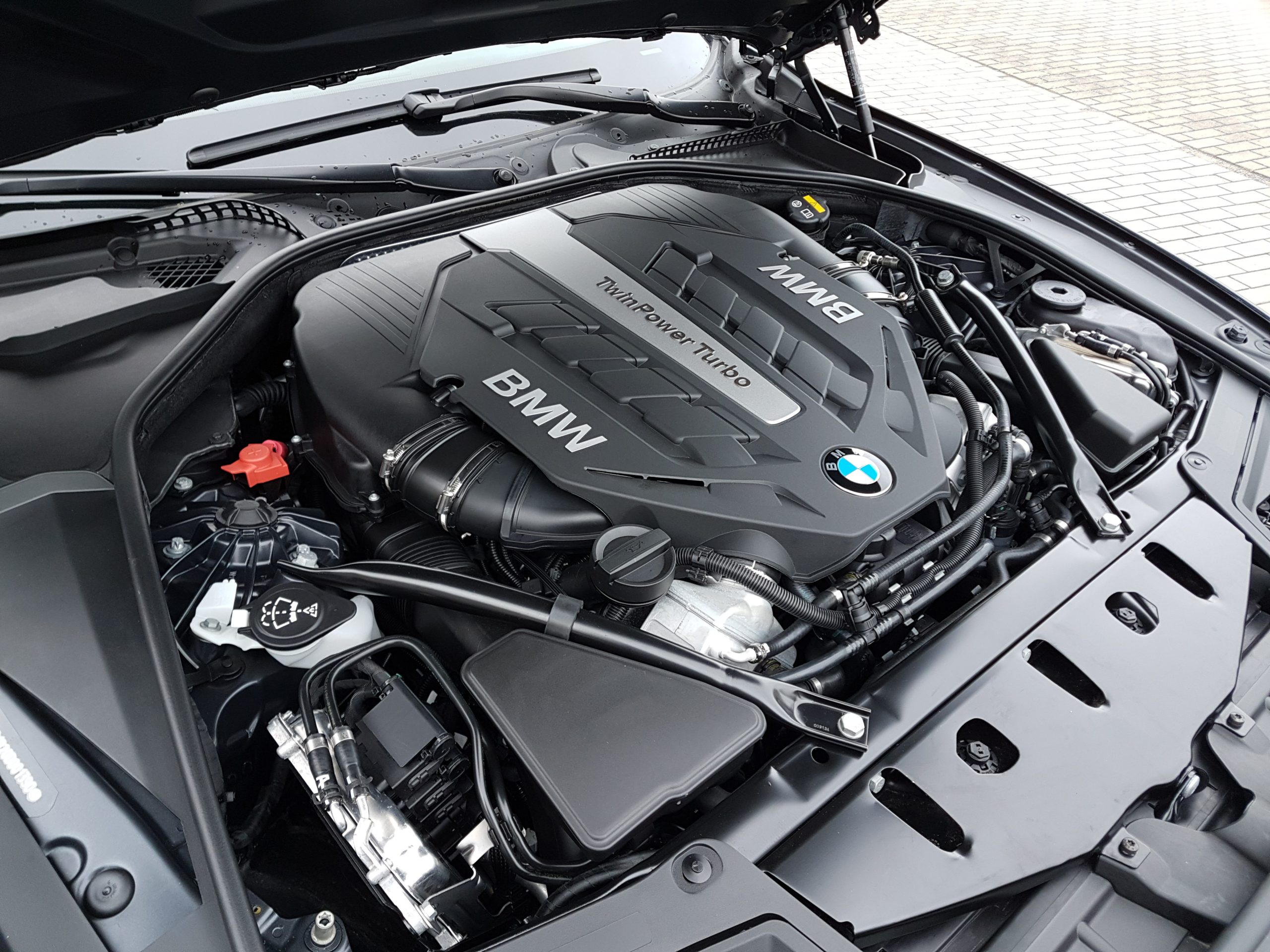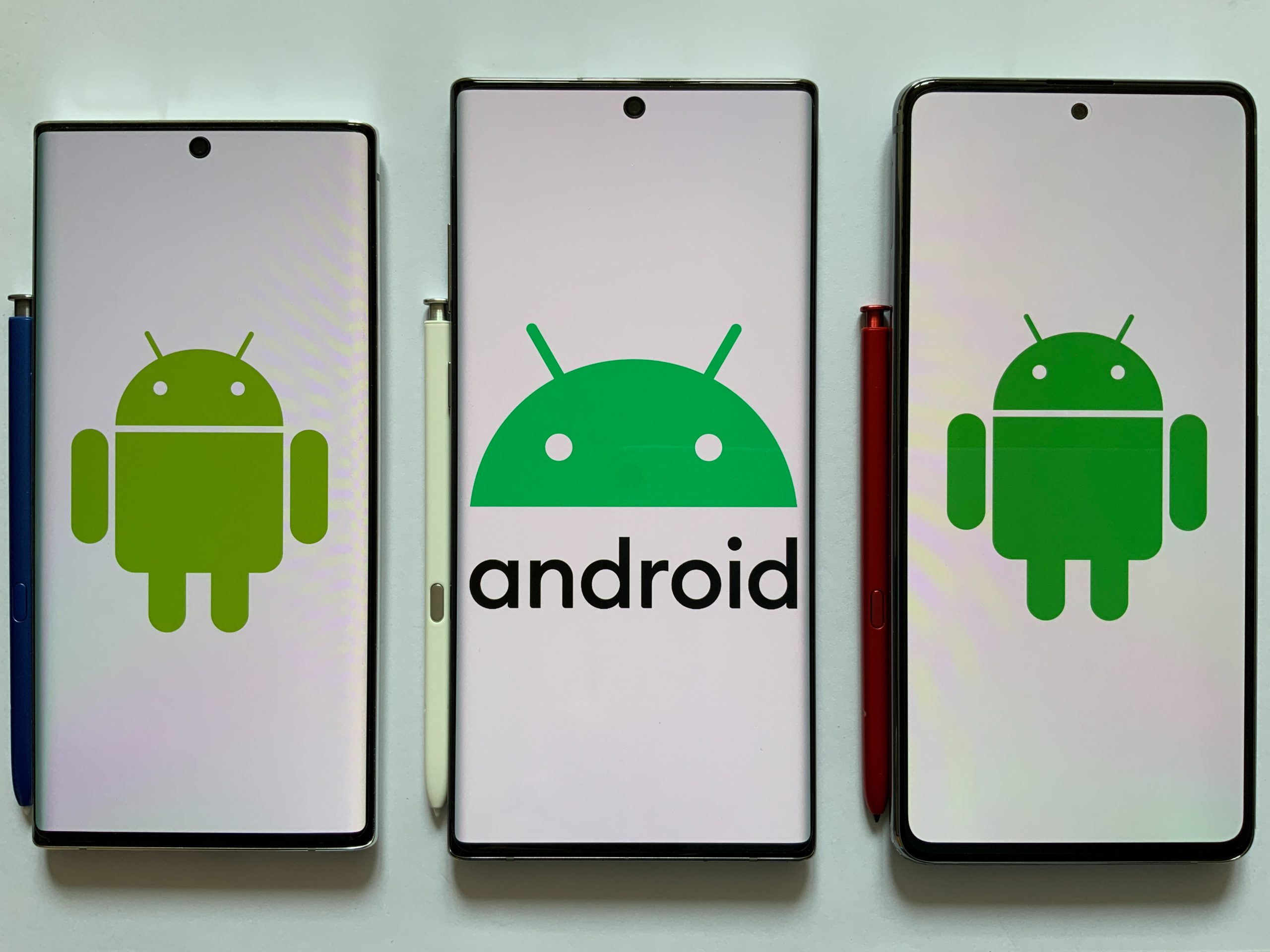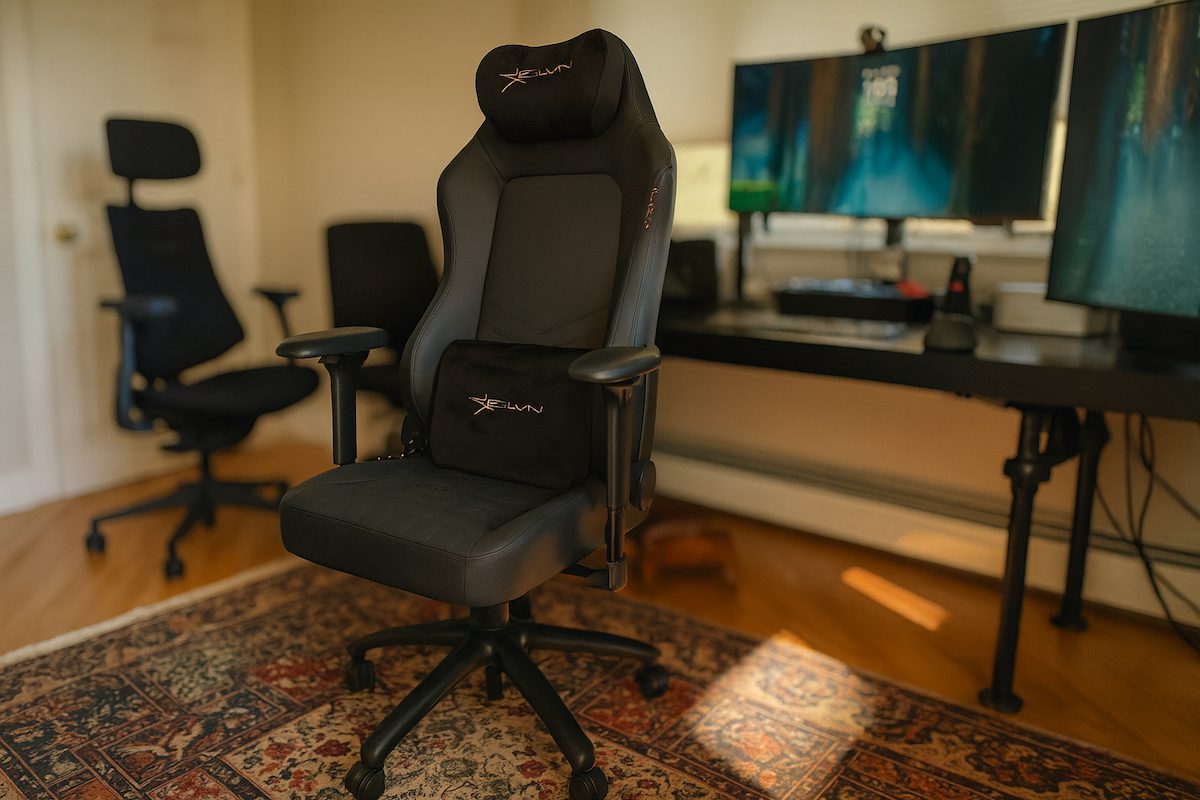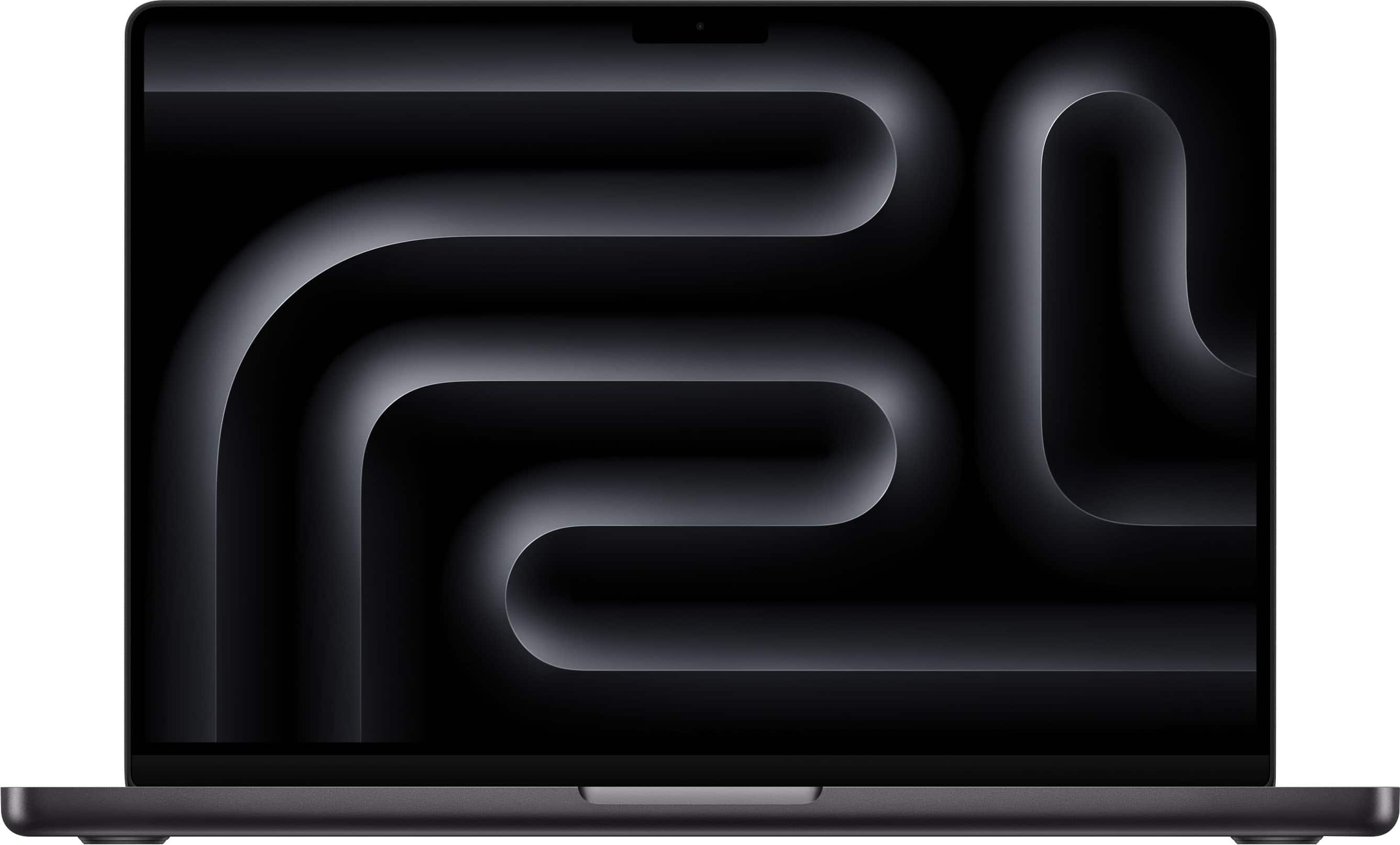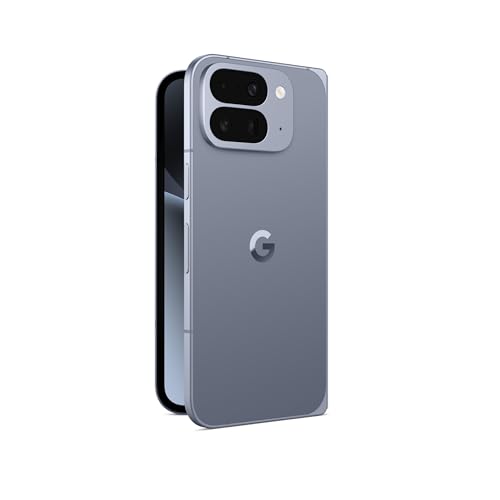Your smart thermostat just got a lot dumber. On October 25, 2025, Google will end support for first and second-generation Nest Learning Thermostats, stripping away the internet-connected features that justified their premium price tags back in 2011 and 2012. Early adopters who paid cutting-edge prices for pioneering smart home technology now face a harsh reality: their devices are becoming expensive manual dials.
What Dies When Support Ends
Remote control, scheduling, and ecosystem integration disappear completely.
The death list reads like a smart home obituary:
- App control vanishes
- Voice assistant compatibility stops working
- Multi-device coordination through Eco mode disappears
- Integration with Nest Protect smoke detectors cuts out entirely
- Even basic smartphone notifications about temperature changes go dark
Your $250 learning thermostat becomes a fancy manual dial. The adaptive scheduling that made these devices revolutionary? Gone. The energy savings reports that justified the premium price? History.
Google’s Upgrade Carrot
A discounted 4th-generation model softens the planned obsolescence blow.
Google offers affected users a “special offer”—the new 4th-gen Nest Learning Thermostat for $149.99, roughly half its $279.99 retail price. This isn’t charity; it’s damage control designed to ease the transition from working hardware to forced upgrade.
The newest model delivers genuine improvements:
- Enhanced AI adjustments respond to outdoor conditions and weather forecasts
- Matter standard compatibility works with more smart home platforms
- The display grew larger with better resolution
- System health monitoring catches HVAC problems early
But these upgrades don’t erase the sting of forced obsolescence for hardware that still works perfectly.
Early Adopter Betrayal
Premium buyers face the classic smart home trap of cloud dependency.
Community forums overflow with frustration from users who paid cutting-edge prices for pioneering technology. These customers didn’t buy basic thermostats—they invested in smart home futures that Google is now unilaterally ending.
The pattern feels familiar, like Netflix removing shows you loved or Spotify changing its interface without warning. Except this time, you can’t switch services. Your wall-mounted hardware becomes a paperweight unless you pay again.
The IoT Obsolescence Playbook
Google’s move reflects a broader industry reality about connected device lifespans.
This discontinuation exposes the fundamental gamble of internet-connected devices. Every smart gadget depends on corporate servers and ongoing platform investment. When companies shift resources to newer products, older hardware loses the cloud features that defined its value.
The rule remains brutally simple: assume anything connected to the internet will eventually go dark. Factor planned obsolescence into every IoT purchase decision. Your smart home’s longevity depends on corporate strategy, not product quality.
For current owners, that $149.99 upgrade offer won’t last forever. The question isn’t whether to upgrade—it’s whether Google’s track record justifies another decade of trust.


